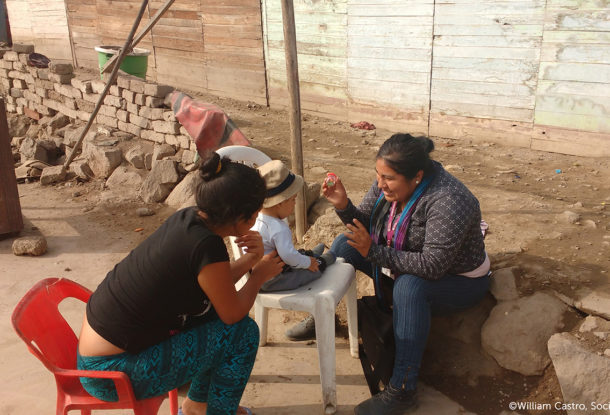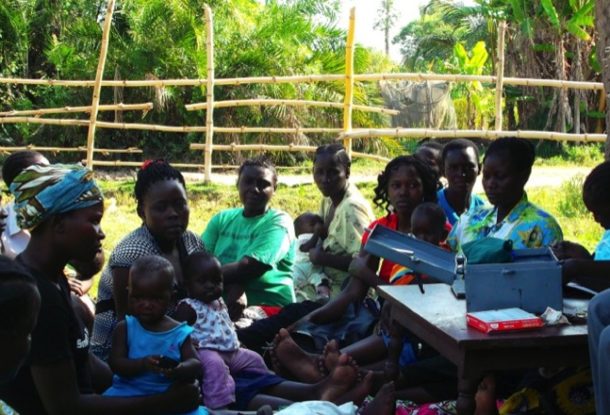The community-based intervention was aimed at improving newborn survival by modifying existing high-risk newborn care practices in favor of the above recommended intervention practices. The intervention was targeted at pregnant women and their families, and delivered using behavior change management [2] by community health workers and regular meetings with community stakeholders. [1]
An intervention package of preventive and promotive practices was developed for home-based essential newborn care, comprising:
- Birth preparedness, including preparation of the delivery and post-partum confinement room, and role allocation of people to conduct the delivery and manage the newborn.
- Hygienic delivery, including hand washing prior to conducting the delivery, and delivering the newborn into clean hands.
- Immediate newborn care, including immediately wiping the entire body of the newborn to dry and stimulate the baby, and wrapping the newborn immediately.
- Clean umbilical cord and skin care, including hygienic cord cutting and tying, and avoiding application of harmful substances to the cord area (such as clay and cow dung).
- Thermal care, including providing skin-to-skin care to all newborns regardless of gestational weight through The Kangaroo Mother Care technique adapted for use in community settings for all newborns. [3]
- Early and exclusive breastfeeding, including feeding of colostrum and discouragement of pre-lacteals.
- Care-seeking from trained providers, through improved recognition of newborn illness and timely and appropriate care-seeking.
The village administrative units in Shivgarh were randomly allocated to 3 study groups: an intervention group received the package of essential newborn care practices described above; a second intervention group received the essential newborn care package plus a liquid crystal hypothermia indicator that indicates hypothermia by changing color; and a control group. [1]
Due to the multi-faceted and integrative nature of this essential newborn care intervention package and its delivery approach, it addresses four broad risk factors to neurodevelopment: malnutrition, infection, management of pregnancy and birth complications and lack of stimulation. The impact of these on neurodevelopment outcomes is currently being assessed on a cohort of the newborns from the original control and intervention group (i.e. who had received the essential care intervention). This study will conduct 1850 assessments on children in total across the intervention and control arms, with assessments focusing on cognition, language, gross/fine motor skills, and sensorimotor functioning.
 Focusing on early and universal child development is potentially the most promising strategy to break the vicious intergenerational cycle of poverty that is perpetrating an increasingly inequitable and unjust world order. From 2004 to 2005, an intervention package for home-based essential newborn care was disseminated in rural Uttar Pradesh. The package was delivered through two antenatal and two postnatal visits by community healthcare workers. The intervention package can be broadly categorized into birth preparedness, hygienic delivery, and immediate newborn care, thermal care, breastfeeding, and care-seeking from trained providers.
Focusing on early and universal child development is potentially the most promising strategy to break the vicious intergenerational cycle of poverty that is perpetrating an increasingly inequitable and unjust world order. From 2004 to 2005, an intervention package for home-based essential newborn care was disseminated in rural Uttar Pradesh. The package was delivered through two antenatal and two postnatal visits by community healthcare workers. The intervention package can be broadly categorized into birth preparedness, hygienic delivery, and immediate newborn care, thermal care, breastfeeding, and care-seeking from trained providers.



